14 Types of Ships with Dynamic Positioning System
As the applications of Dynamic Positioning System increase in the maritime industry, different types of ships are now being fitted with DP systems to improve control and handling over vessels at sea.
Though dynamic positioning enabled vessels are commonly used for offshore operations, many modern cargo and passenger vessels are also being fitted with DP systems.
Below are a some of the main types of vessels that are provided with DP systems these days –
1. Platform supply vessel (PSV) / Offshore Support Vessel (OSV)
Platform supply vessels are specially designed to supply to offshore platforms and rigs, and are considered one of the most common types of vessels using the DP system. These ships can range from 50 to 100 meters in length and are capable of carrying out a diversity of tasks. They primarily support offshore platforms by means of transporting necessary supplies to and from a platform and supply base ashore.
2. Diving Support (DSV’s) and ROV Support Vessels
Many DP vessels are specially designed for supporting commercial sub-sea operations such as diving. Diving Support Vessels are thus used for this purpose. Divers are required to carry out inspections or survey jobs, installations and configurations of sub-sea equipment, monitoring an operation, and recovery of lost or abandoned equipment. ROVs or Remotely Operated Vehicles are gradually substituting the divers in most of the jobs, but there definitely are certain tasks that cannot be carried out remotely as they require manual involvement.
3. Drill Ships
For shallow water and deep water drilling operations, it is vital for the vessel to keep station (maintain her position within 1m) over the oil/gas well, such that the riser connecting the vessel to the well is nearly upright and vertical. Drill Ships are therefore fitted with dynamic positioning systems. The lower main riser angle is continuously monitored and maintained up to accurate levels in order to avoid unwanted disconnections. Presently, the DP rigs and vessels are configured in a way to operate in water depths of up to 3000 m or more with the help of high tech DGPS and Long Baseline (LBL) acoustic systems within the DP module.
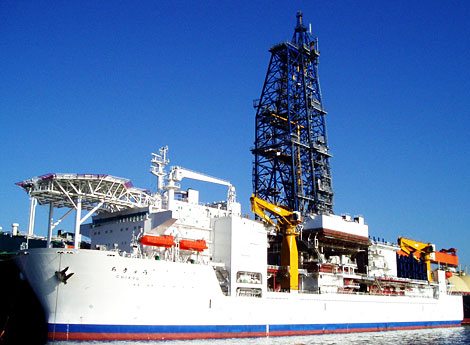
4. Cable Lay and Repair Vessels
Modern day fibre-optic cables that are used to connect the world through the ‘World wide web’ are more fragile than previously used thicker traditional cables; hence they have more limitations and restrictions on loading and bending. To avoid heavy losses structurally to these cables it is now very common to use DP vessels for the cable laying and repairing jobs. Most of the modern cable laying ships are installed with DP systems.
5. Pipe Laying Ships
Many pipe-lay operations are carried out by DP capable lay barges or pipe laying ships. On the barge, the pipe is assembled or sometimes even constructed through a number of phases of welding which are carried out in a linear pipe manufacturing facility.
6. Dredgers
These days most of the newer generation dredgers now use DP methods to carry out the dredging operations safely and accurately along analogous tracks.
As the tracks must be close to each other without substantial overlaps, using DP system a high level of accuracy is achieved when dredging in restricted and confined waters.
7. Crane Barge or Crane Vessel
Crane barges or crane vessels help in manufacturing and de-assembly operations related to the oil and gas industries. These kinds of vessels are also utilized in salvage and wreck removal operations. Many crane barges and construction vessels these days are DP capable.
8. Rock Dumping Vessels
Rock dumping vessels are utilized so as to dump rock on the seabed as precisely in a safe location as possible to provide protection to pipelines. These vessels are thus fitted with DP systems, which enable a good track-speed control to facilitate even rock distribution along a planned track. This type of vessel is also helpful in providing sufficient protection against the risks of tidal erosion, which occur in high tidal stream areas.
9. Passenger Vessels
Modern passenger vessels have shallow draught in order to allow safe access to a greater range of cruising destinations and are so designed that they are now able to carry more passengers than ever before, even with larger freeboards. This shallow-draught and high-freeboard combination and configuration may lead to multiple ship handling issues in tighter berthing locations.
DP thus provides the answer to manoeuvring, berthing and even anchoring of these man-made lavish floating hotels to be much safer for the crew and passengers.
10. Specialist – Semi-submersible Heavy-Lift Vessels
Ships those are capable of carrying heavy equipment or lifts in general to the remotest locations will often experience difficulty while loading and off-loading their cargoes. Out of these, some of the vessels are mono-hulled or semi-submersible and can immerse themselves to loading draught, thus allowing the cargo to be floated on board.
A typical example of the cargo may be a drilling rig for transportation over a large distance. DP fitted on these vessels can be used for position maintenance during the loading and offloading operations.
11. Mobile Offshore Drilling Units / Ships (MODUs)
DP is, with the current scenario, the only option in deepwater offshore fields.
Even in shallower waters, the use of the DP system is increasingly being used for the positioning of drilling rigs before anchoring. Specially, with the short duration drilling, DP saves a lot of time.
12. Shuttle Tanker
A shuttle tanker, as the name suggests, is a ship designed for transportation of oil or gas from an offshore oil field to wherever it may be required. It is highly sophisticated and well equipped with loading and offloading equipment compatible with the oil field infrastructures.
The position keeping for longer durations of the ships is generally carried out with the help of Dynamic Positioning and is done with respect to the arrangement of the installations or FPSOs. Well backed-up safety systems ensure that the potentially flammable oil and natural gas are handled safely.
13. Floating Production, Storage and Offloading unit or FPSO Ships
Floating Production, Storage and Offloading unit is a floating vessel principally used by the offshore industry for the processing and storage of oil and gas. The FPSO vessels are designed to receive oil or gas which is produced from the nearby platforms or sub-sea patterns, process it, and store it until the oil or gas can be offloaded onto a seagoing tanker or transported through a pipeline.
FPSO’s are normally converted oil or gas tankers or can be vessels built specially for the usage and application. A vessel that is only used for oil storage purposes is called a Floating Storage Unit (FSU).
14. Naval Vessels and Operations
A number of advanced nations are making good use of DP systems within their naval, coast guard and auxiliary fleets.
Vessels used up for sea – mine countermeasures, amphibious landing, submarine rescue and pollution control are all good examples of vessels with DP systems fitted and for good use.
Do you know any other type of vessels that are fitted with dynamic positioning system? Let us know in the comments below.
Image credits: nordnes, wikimedia
Do you have info to share with us ? Suggest a correction
Latest Type Of Ships Articles You Would Like:

About Author
Bikram Pal Singh is a professional mariner and blogger. He has sailed extensively, serving on various Oil tankers and Offshore Vessels. He enjoys reading and compiling notes about critical shipboard operations and crew psychology.
Subscribe To Our Newsletters
By subscribing, you agree to our Privacy Policy and may receive occasional deal communications; you can unsubscribe anytime.



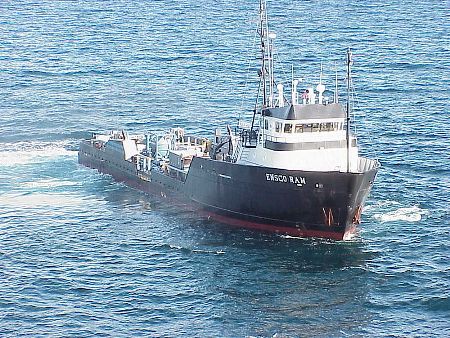
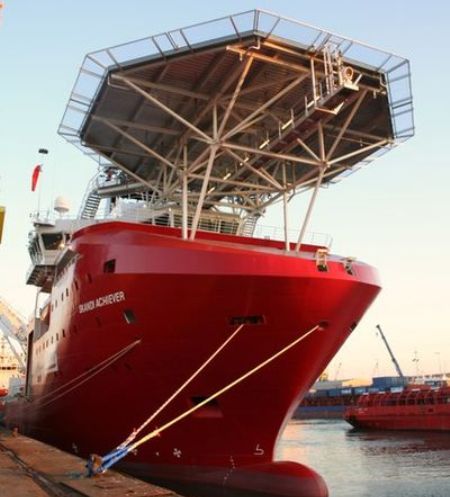
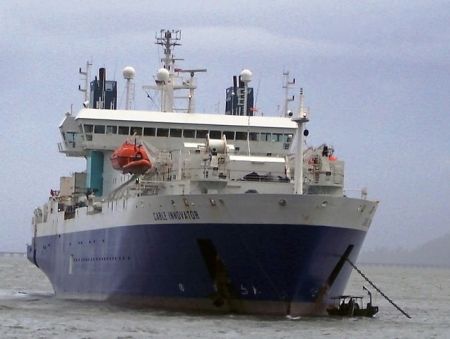
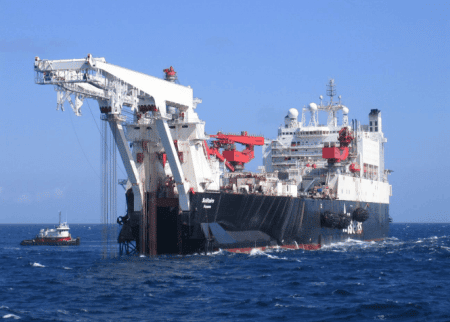
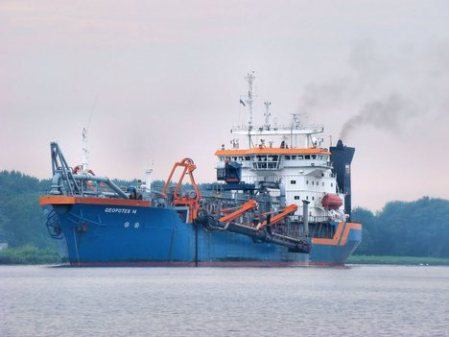
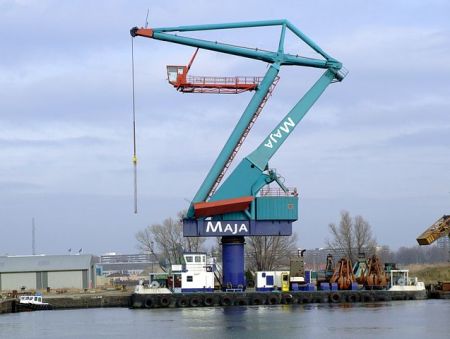
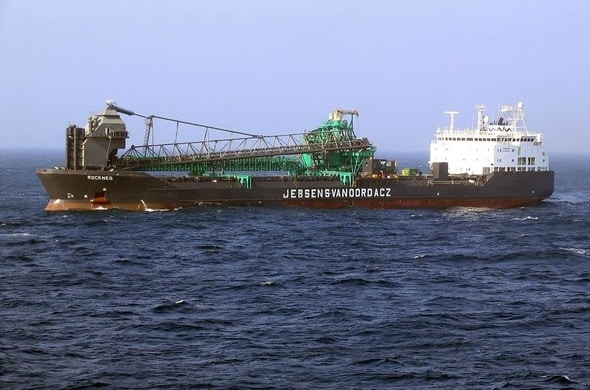
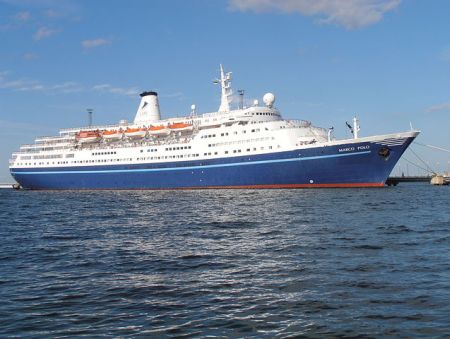
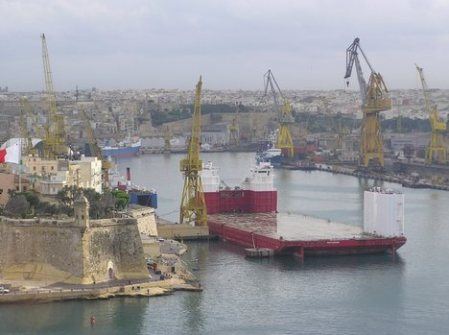
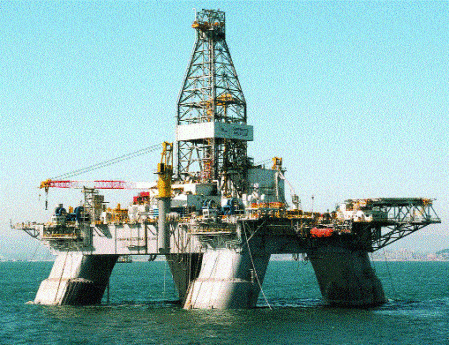
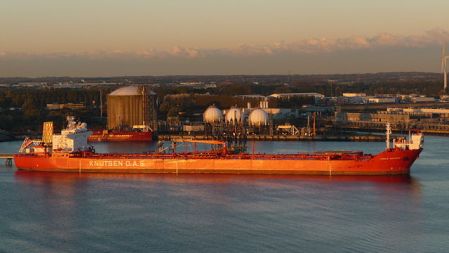
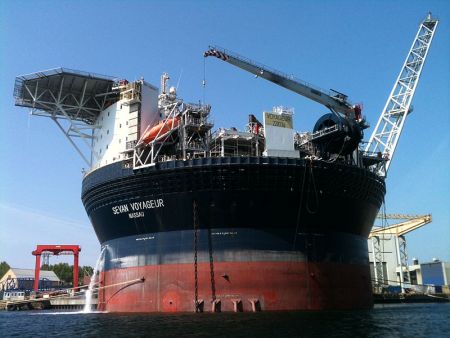
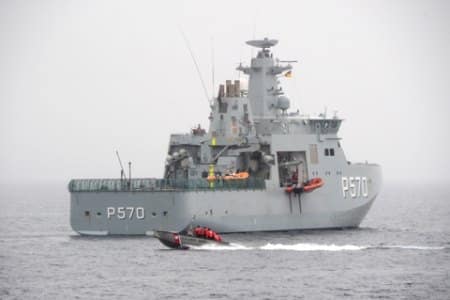
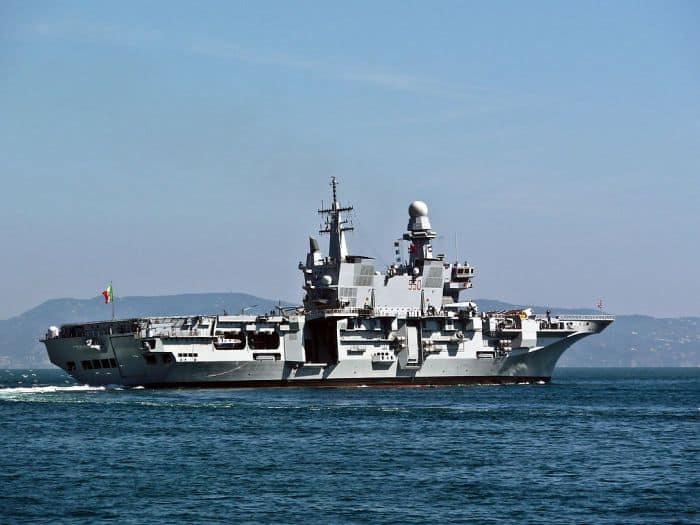
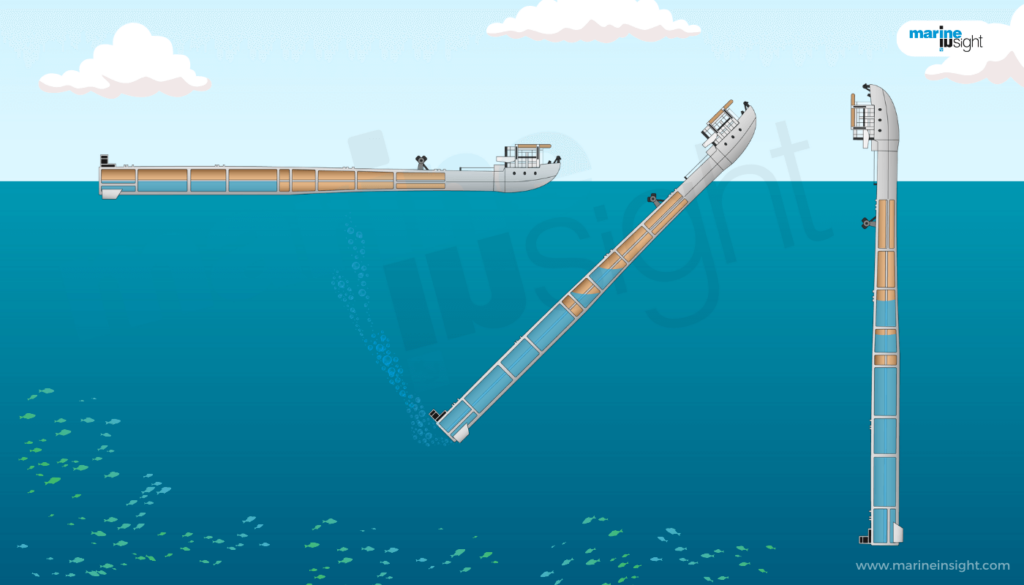
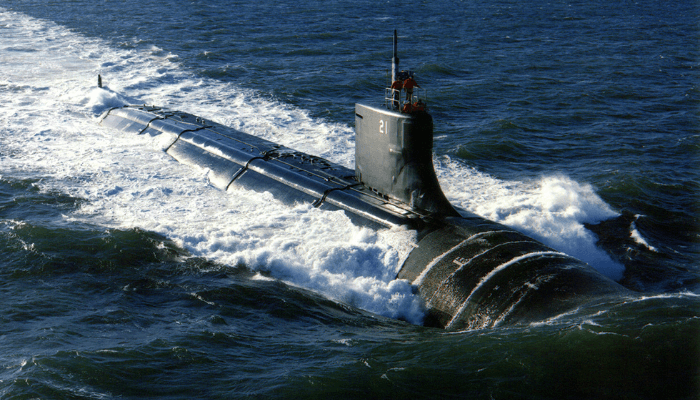
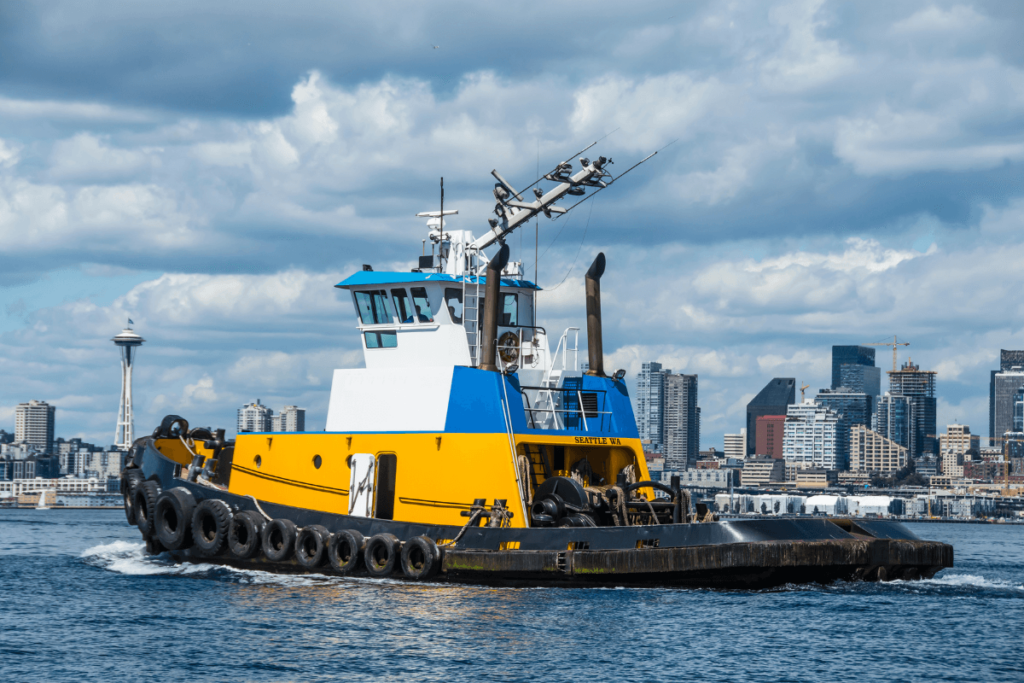
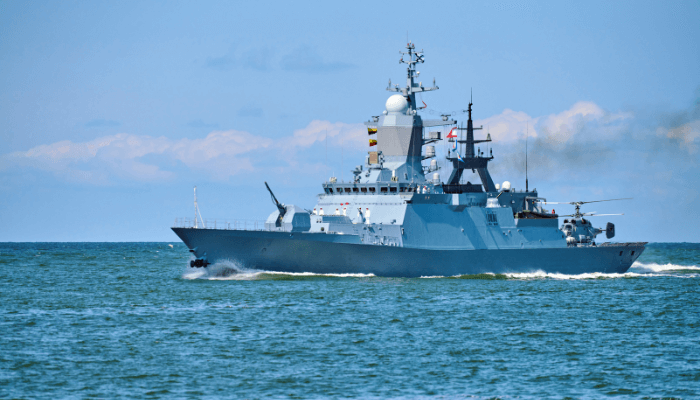
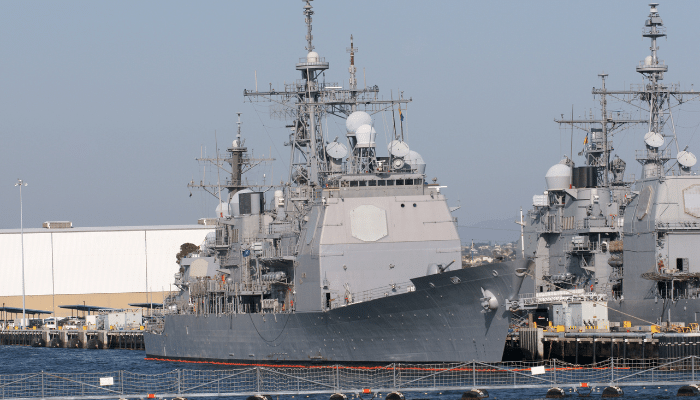

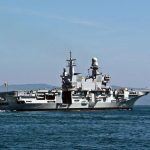
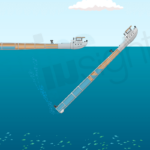
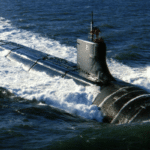
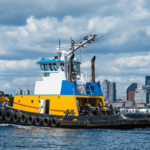
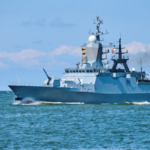
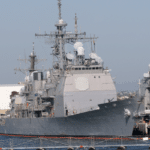
Wind Farm Installation Vessels
Modular capture vessel
Crew boat also
WAVECRAFT™ high-performance CTVs for O&G sector (Voyager series)
Where can I find a quantity of offshore vessels in the world by segment?